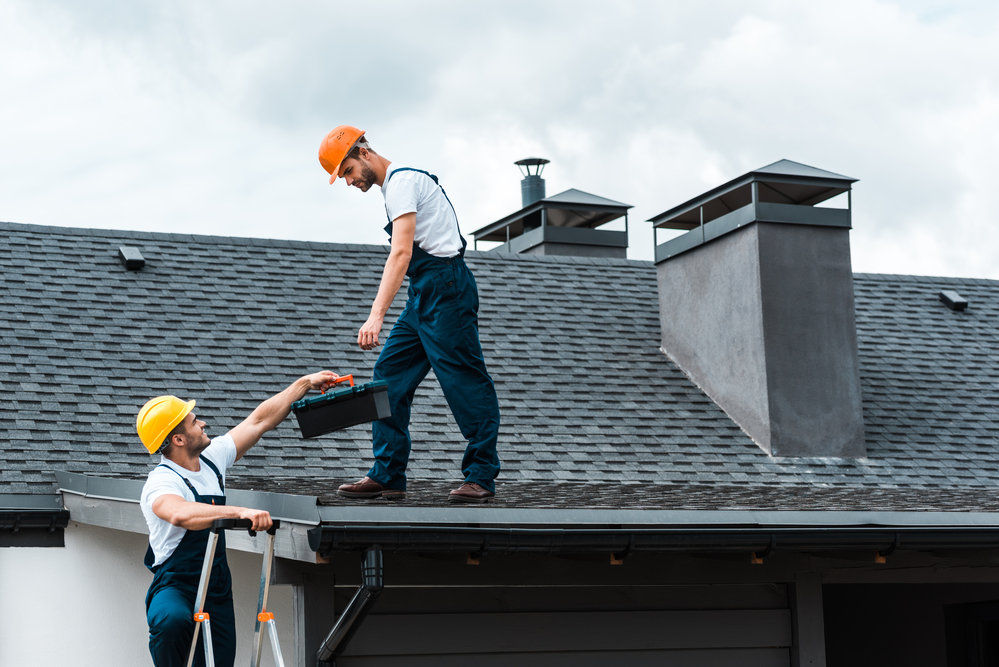Severe weather is becoming more frequent across the country, and your home needs to be ready. If you’ve ever wondered how to protect your house from strong winds or sudden heavy rain, this guide walks you through the essential steps.
We’re not talking about expensive overhauls or complex construction plans. These are practical upgrades and expert strategies you can apply today to storm-proof your home and protect what matters most.
Start from the Top

Your Roof Needs to Be Ready
Your roof is your first line of defense. If wind and water get past it, you risk thousands in damage.
-
Inspect shingles or tiles regularly and replace any that are loose or missing.
-
Reinforce roof edges with cement to prevent uplift during strong gusts.
-
Install hurricane clips or straps to strengthen the roof-to-wall connection.
-
Clean your gutters to prevent overflow and roof leaks.
-
Use gutter guards if leaves are a regular issue in your area.
An annual roof inspection before storm season could be the most critical action you take.
Waterproof Every Entry Point to Stop Rain in Its Tracks
When rain starts pounding your exterior, water will seek every crack or gap it can find.
-
Apply exterior-grade caulk around doors, windows, vents, and pipe openings.
-
Replace worn siding with vinyl or fiber cement for stronger water resistance.
-
Use waterproof paint or sealants on wood and concrete surfaces.
Keeping water out is just as important as keeping the wind at bay, especially when it comes to foundation and wall damage.
Your Yard Should Work With You, Not Against You

The way your landscaping is designed can either funnel water into your home or help divert it.
-
Trim back dead branches and trees that could fall onto your roof.
-
Anchor patio furniture, play sets, and grills, or store them ahead of time.
-
Regrade areas of your yard that slope toward your home’s foundation.
-
Use gravel or permeable pavers to slow down runoff and promote absorption.
Taking the time to prep your yard can be the key to preventing damage during significant weather events.
Protect Your Foundation and Keep Your Power On
Don’t overlook what lies beneath and beyond. If flooding happens or the power goes out, you’ll want these in place.
-
Inspect crawl space vents and raise them if needed.
-
Use flood barriers like sandbags to redirect water away from the structure.
-
Consider investing in a generator to keep essentials running even during an outage.
These final touches bring peace of mind during chaotic conditions and ensure your family stays safe.
Learning how to protect your house from strong winds and rain is about being proactive, not panicked. By investing in smart upgrades and prepping before the skies turn dark, you’ll create a space that’s safe, resilient, and storm-ready.
Whether you live in Texas coastal areas or storm-prone inland towns, these wind and rain home safety tips will serve you well for years to come.



